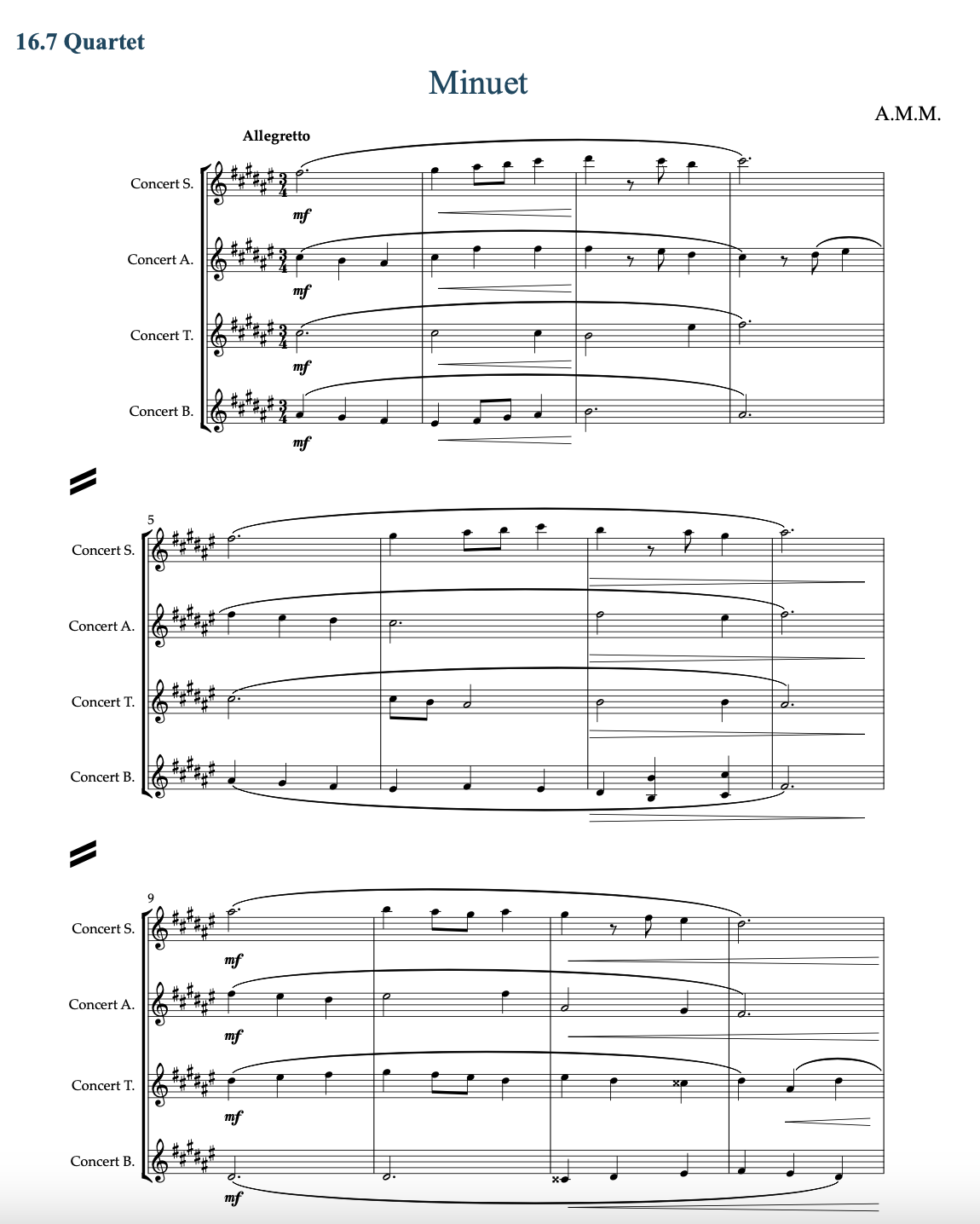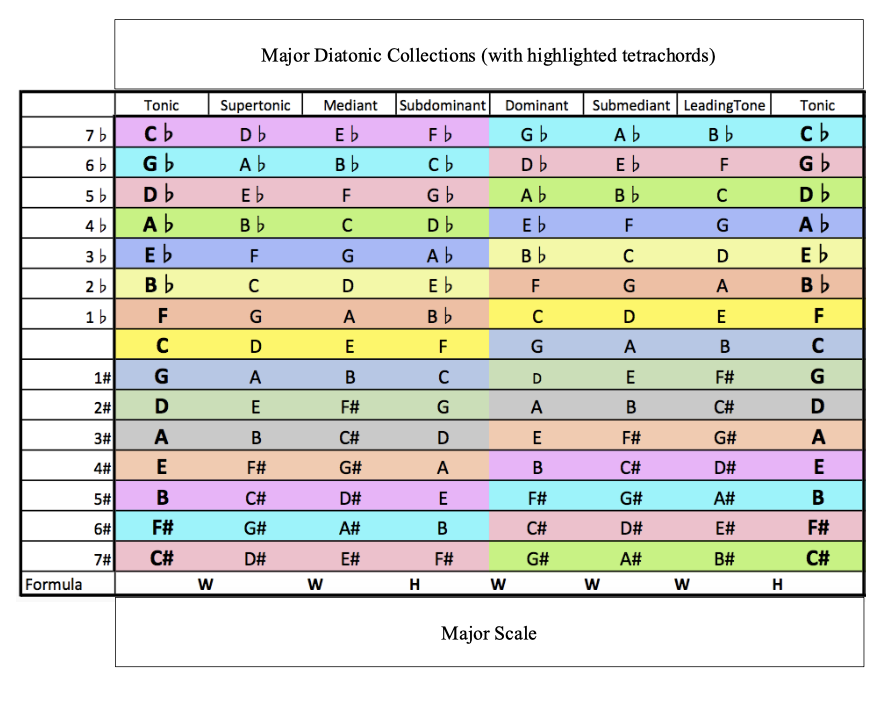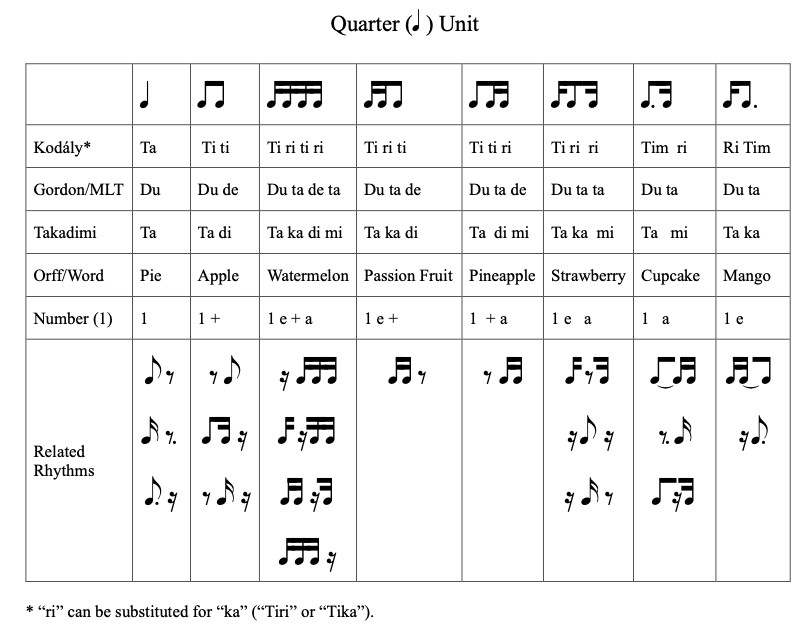A Difference in Methodology…
Musical Examples are played together by students and teachers, enabling students to learn musical concepts while playing their primary instrument.
Interlaces ear training, music theory, and performance practice to emphasize the application of musical concepts.
Allows students to learn as performers, active listeners, musical leaders and composers.

Transposition Solution
Each theory level is presented in seven books arranged by clef and transposition.
Transposition Wheels are available in pitch designations A-G or Fixed-Do Solfège to help with the preliminary years of note recognition and transposition.
Collective Books:
Concert Pitch | Treble Clef
Concert Pitch | Alto Clef
Concert Pitch | Bass Clef
Concert Pitch | Grand Staff
B-flat Transposition | Treble Clef
E-flat Transposition | Treble Clef
F Transposition | Treble Clef
Class Outline
Quartets
Each text includes open-instrumentation quartets with all four lines transposed and re-positioned according to book clefs and transpositions. This enables students to play all four melodic lines.
Ossia Lines are included to allow instruments with extended ranges or advanced students to play in higher or lower octaves.
Students read from a score instead of a part to emphasize the movement of individual lines/voices to create harmony.
Each quartet emphasizes a particular rhythm, musical structure, form or feature discussed in class.
While the current editions include works by the author, we hope to one day commission and invite composers around the world to contribute and become part of the COLLECTIVE.

Essential Knowledge for Musical Performers
Practice Tips: Using Music Theory to Practice Efficiently
Includes scores and illustrations to help students “re-think” musical experiences and see fundamental structures.
Performance Terminology and Summary Diagrams
Includes common performance terminology and explanations, such as: rushing, dragging, pizzicato, mute, mordent, acciaccaturas, and turns. Discussions of these terms help instrumentalists learn about other styles and instrument notations. For example, clarinetists and saxophonists learning Baroque ornamentation.
Each book contains an appendix with helpful diagrams such as: diatonic collections, circle of fifths, rhythm syllables, and common musical forms and structures.
Celebrating our COLLECTIVE Diversity
At the heart of COLLECTIVE Music Theory lies a profound respect for the diverse tapestry of voices that enrich our art. We celebrate the myriad expressions of music that transcend age, race, nationality, and gender identity. Our commitment to inclusivity is reflected in our books, which features listening prompts and scores that showcase a wide array of artists and musical styles from around the globe.
Through the COLLECTIVE method, we empower students to explore their unique musical identities while honoring the rich contributions of others. This approach fosters an environment where individual expression thrives, ensuring that the infinite potential of music continues to unfold.








